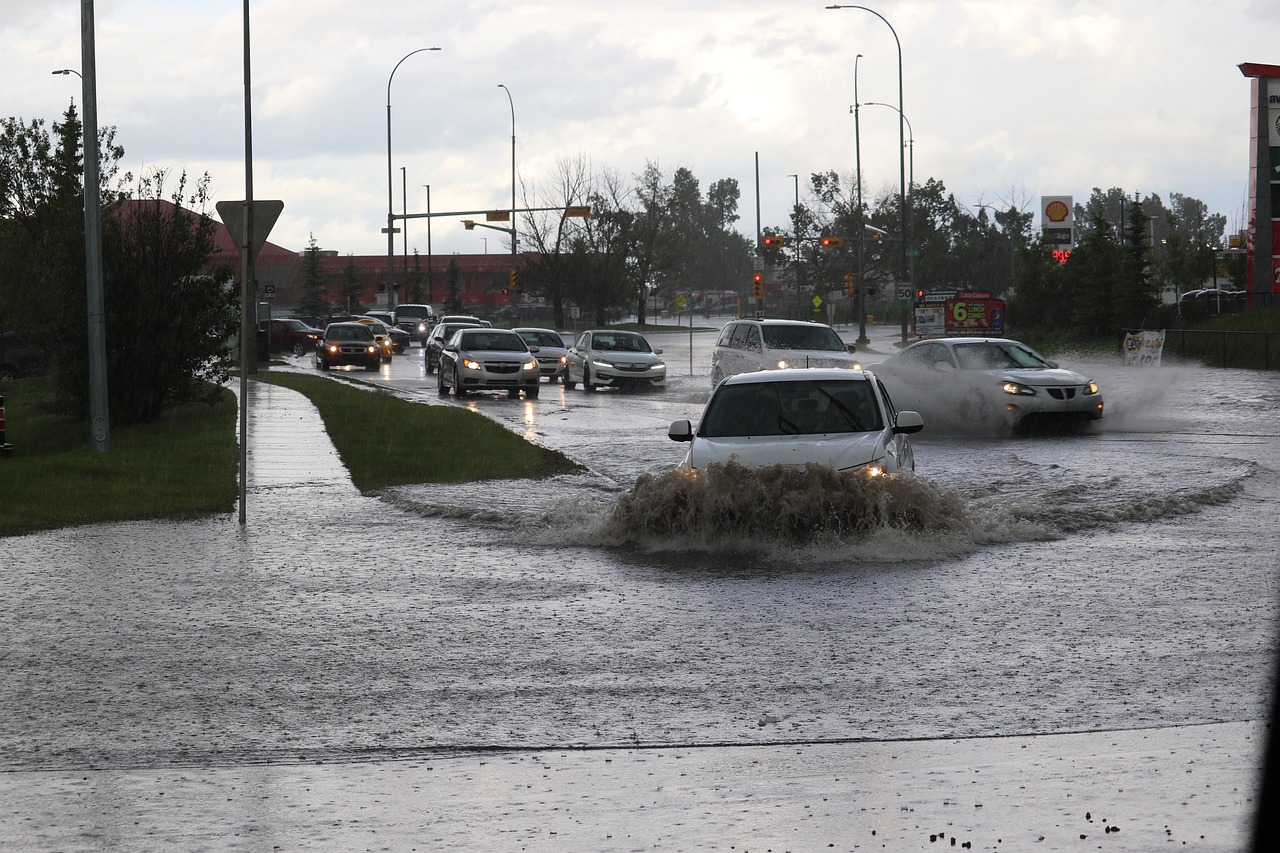Tropical Storm Debby had a devastating effect on the Sarasota area, with large parts of the region experiencing significant floodwaters. When the offices and operations center of Alliance IT were closed due to this flooding, the company didn’t miss a beat, continuing to support their managed services clients without interruption. The capability to recover IT systems after a storm involves careful planning and execution to ensure minimal disruption and swift restoration of services. You can trust Alliance IT to have the continuity plans in place to protect your organization.
Here’s a sample checklist to guide the recovery process for your company. It is important to note that a disaster team and documented plans should be in place prior to any storm or disaster.
- Safety First
Assess Physical Safety: Ensure the safety of personnel before entering the affected area. Check for hazards such as electrical issues, structural damage, or water exposure.
Follow Emergency Protocols: Adhere to any emergency procedures and evacuate if necessary. - Assess Damage
Inspect IT Infrastructure: Check for damage to servers, networking equipment, computers, and other IT assets.
Document Damage: Take photos and detailed notes of all damage for insurance claims and recovery planning. - Activate Disaster Recovery Plan
Engage Disaster Recovery Team: Assemble your IT disaster recovery team and assign roles and responsibilities.
Review and Implement Plan: Follow your disaster recovery plan to initiate the recovery process. Ensure all relevant procedures are executed. - Data and System Recovery
Check Data Backups: Verify the integrity and availability of backups. Ensure backups are not corrupted and are up-to-date.
Restore Data: Begin data restoration from the latest backups. Prioritize critical systems and data first.
Test Restored Systems: Validate that restored systems are functioning correctly and that data is accurate and complete. - Assess and Repair IT Equipment
Inspect Hardware: Evaluate the condition of servers, storage devices, networking equipment, and peripherals.
Perform Repairs or Replacements: Repair or replace damaged hardware as necessary. Consult with vendors or service providers if needed.
Check Power and Cooling Systems: Ensure uninterrupted power supplies (UPS) and cooling systems are functioning properly. - Network and Connectivity
Verify Network Functionality: Check network connections, routers, switches, and other networking equipment for proper operation.
Test Connectivity: Ensure that all critical network connections and internet access are restored and functioning. - Communication
Inform Stakeholders: Update stakeholders on the status of IT recovery efforts and any impact on services.
Coordinate with Vendors: Communicate with hardware and software vendors regarding support or replacement needs. - Security Measures
Verify Security Posture: Ensure that all security systems, including firewalls and antivirus software, are operational.
Check for Vulnerabilities: Assess any potential security vulnerabilities that might have been introduced during the recovery process. - Validate and Test
Conduct System Testing: Perform comprehensive testing on all restored systems and applications to ensure they operate correctly.
User Acceptance Testing: Have end-users validate that their systems and data are functioning as expected. - Review and Document
Review Recovery Process: Evaluate the recovery process to identify any issues or improvements for future incidents.
Document Lessons Learned: Capture lessons learned during the recovery process to enhance your disaster recovery plan. - Update and Prepare
Update Disaster Recovery Plan: Revise your disaster recovery plan based on the recovery experience to address any gaps or new risks.
Enhance Preparedness: Review and strengthen your IT infrastructure and disaster recovery strategies to better handle future events. - Continuous Improvement
Conduct Post-Incident Review: Hold a debrief meeting with your team to discuss what went well and what could be improved.
Implement Improvements: Apply any identified improvements to your IT systems and recovery processes to increase resilience.
Call Alliance IT Before the Next Storm
Whether you need help developing your own disaster recovery plan or have determined managed services to be a vital part of your continuity strategy – call Alliance IT today. Not only do we have the skills and experience, but our procedures and methodologies have been storm tested and proven. Call today!

